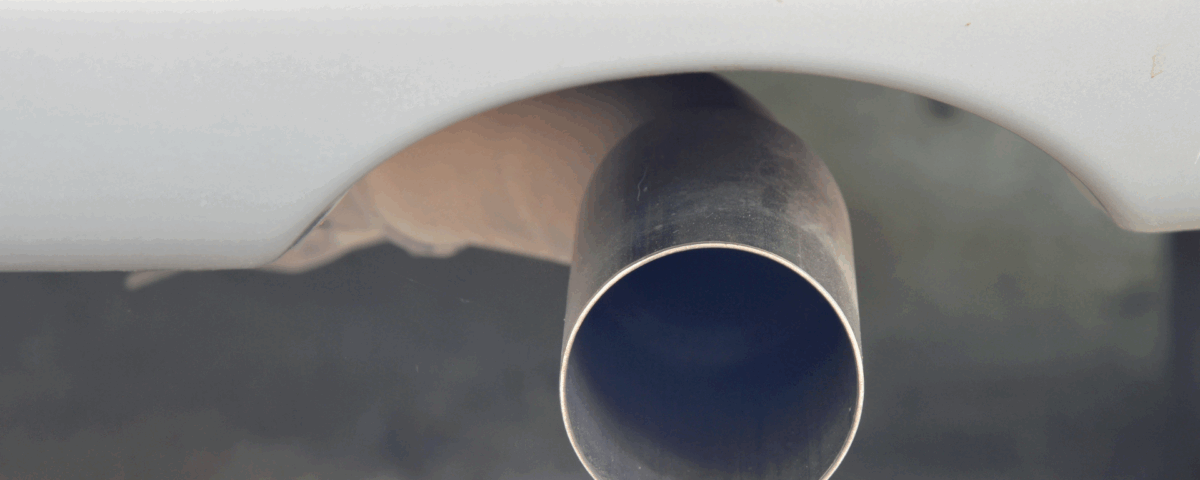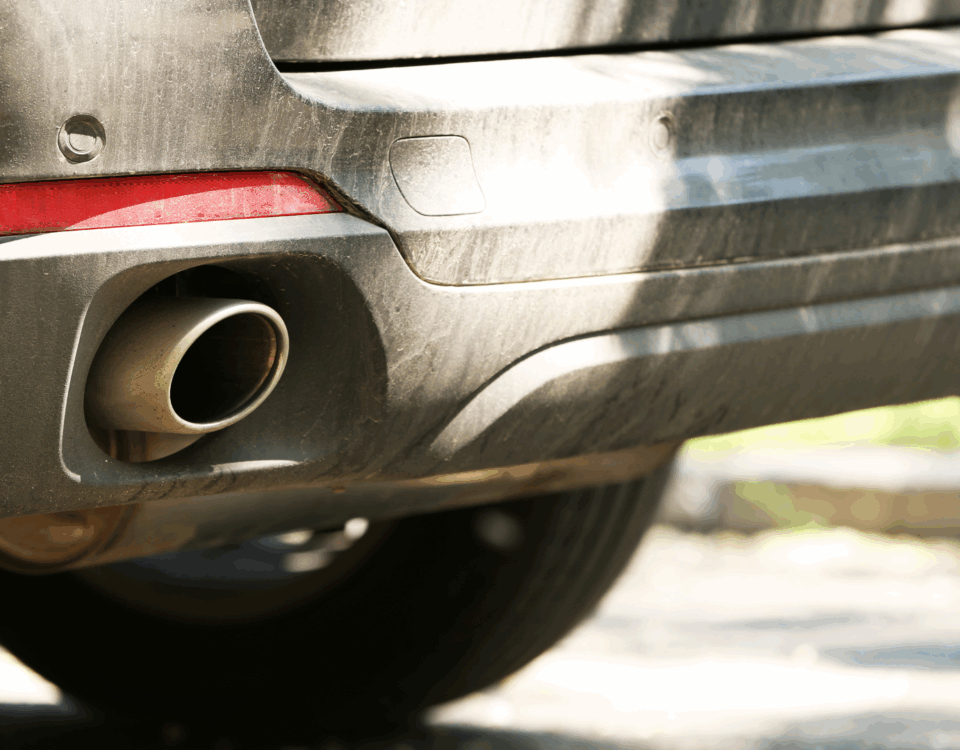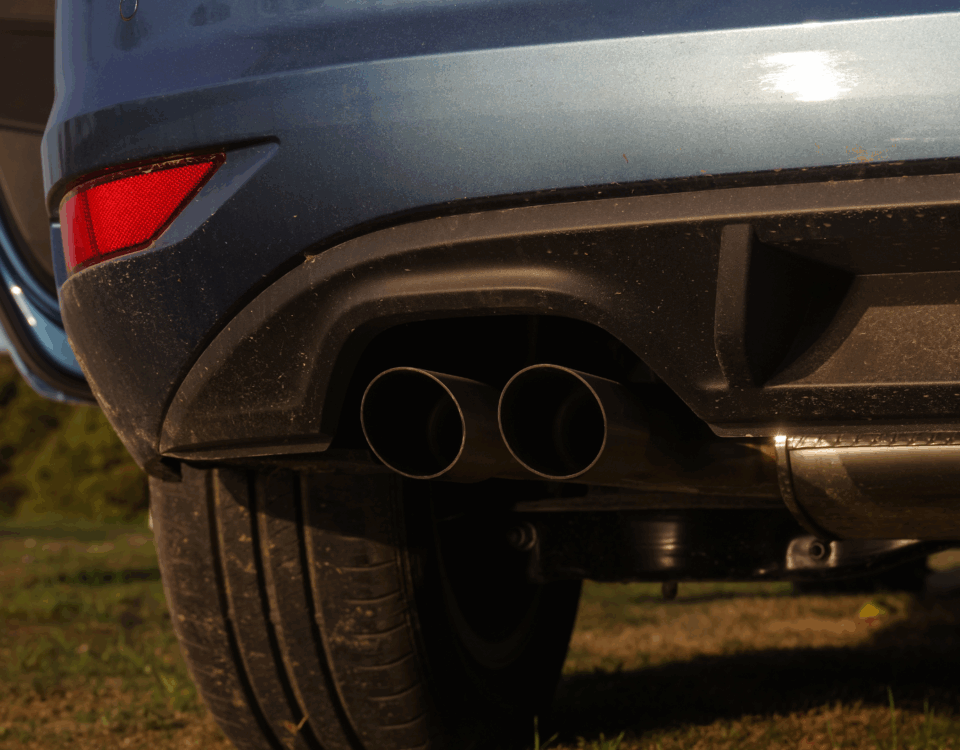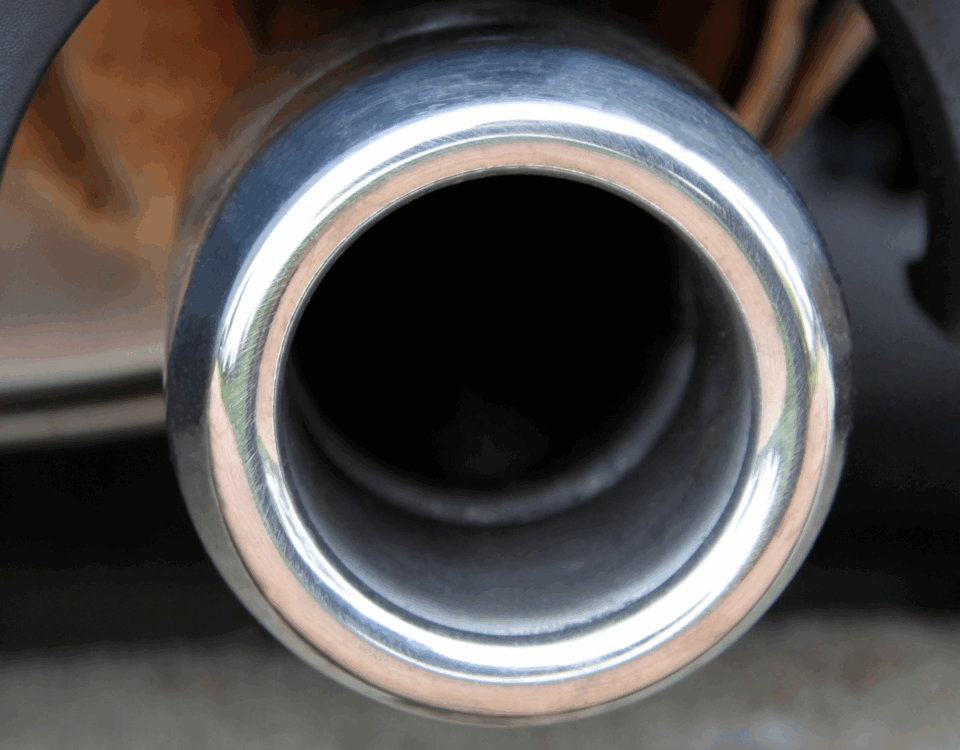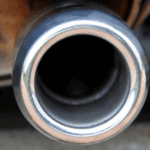
A Complete Guide to Smog Checks for Hybrid Cars
June 12, 2025
Quick Tips to Pass a Smog Test and Save Money
June 16, 2025Warm Up the Engine Before the Smog Check
Because hybrids operate in electric mode at low speeds or when idling, their engines may not always be fully warmed up. A cold engine can cause incorrect emissions readings. To prepare for a smog check, drive your hybrid for at least 15–20 minutes so the gasoline engine is fully active and running efficiently during the test.
Clear All Warning Lights and Diagnostic Codes
A dashboard warning light—even if it seems unrelated—can cause a smog check failure. The onboard diagnostics system is very sensitive in hybrid vehicles. If any emissions-related trouble codes are present, the test will automatically fail. Scan your system ahead of time or ask your mechanic to check for stored or pending codes.
Make Sure the Emissions Monitors Are “Ready”
Hybrids use internal emissions monitors to test various systems over time. If the battery has been disconnected recently or repairs were made, these monitors may not be ready. Driving under mixed conditions (city and highway) over a few days allows the system to complete these tests and prepare for the smog check.
Check the Fuel Cap and Basic Components
Believe it or not, a loose or faulty gas cap is one of the most common reasons hybrids fail a smog check. Make sure the cap seals tightly and isn’t cracked. Also, check the air filter and spark plugs. A clogged filter or worn plug can disrupt emissions balance and trigger a failure.
Choose a Test Center Experienced with Hybrid Vehicles
Not all smog check stations are equipped or trained to work with hybrids. Choosing a center familiar with your vehicle type can help avoid errors during testing. Ask if the technician has experience with your model and if their systems are updated for hybrid diagnostics.
Read More:



